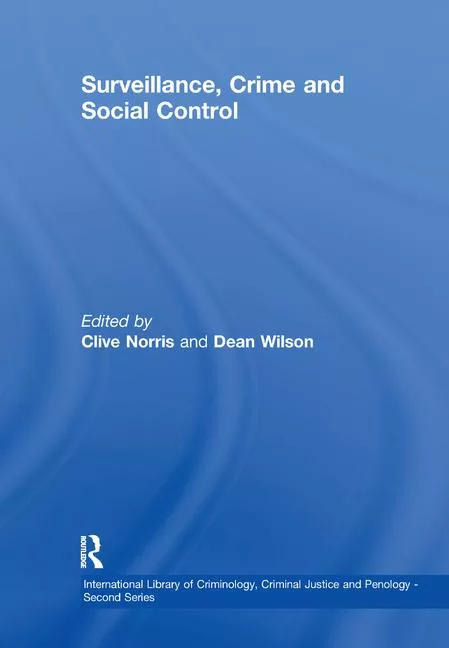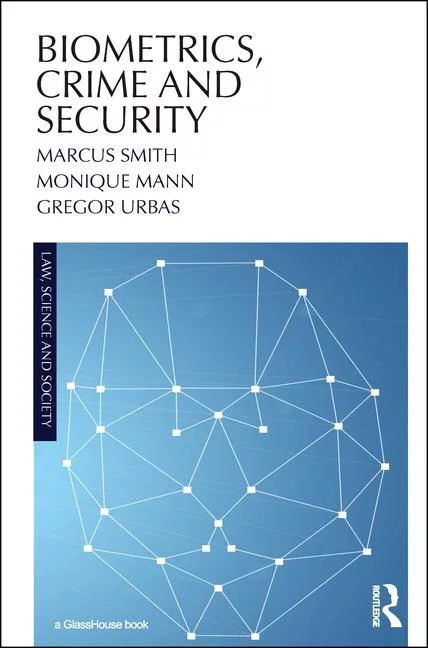Murders Up in U.S. Cities; Crime Rate Still Near Record Lows
The 30 largest U.S. cities saw a double-digit increase in their murder rate in 2016.
A study by New York University’s Brennan Center for Justice projects that the 2016 murder rate for the largest U.S. cities is up 14% from 2015 while the violent crime rate rose by 3.3%. The overall crime rate, however, increased by just 0.3%, thanks in large part to historically low levels of property crime, according to the study’s authors.
The report found that while the murder rate has increased, overall crime across the U.S. is near all-time lows. The report’s authors note that “concerns about a national crime wave are still premature, but these trends suggest a need to understand how and why murder is increasing in some cities.”
According to the report:
- The overall crime rate in the 30 largest cities in 2016 is projected to remain roughly the same as in 2015, rising by 0.3 percent. If this trend holds, crime rates will remain near historic lows, driven by low amounts of property crime.
- The violent crime rate is projected to increase slightly, by 3.3 percent, driven by increases in Chicago (17.7 percent increase) and Charlotte (13.4 percent increase). This is less than the 5.5 percent increase initially projected in the September report. Violent crime still remains near the bottom of the nation’s 30-year downward trend.
- The 2016 murder rate is projected to be 14 percent higher than last year in the 30 largest cities. Chicago is projected to account for 43.7 percent of the total increase in murders. The preliminary 2016 report identified some reasons for increasing violence in Chicago, such as falling police numbers, poverty and other forms of socioeconomic disadvantage, and gang violence. A similar phenomenon occurred in 2015, when a group of three cities — Baltimore, Chicago, and Washington, D.C. — accounted for more than half of the increase in murders. This year Baltimore and Washington, D.C., are projected to see their murder rates decline, by 6 percent and 18.6 percent, respectively.
- An increase in the murder rate is occurring in some cities even while other forms of crime remain relatively low. Concerns about a national crime wave are still premature, but these trends suggest a need to understand how and why murder is increasing in some cities.
http://www.brennancenter.org/analysis/crime-2016-updated-analysis
Looking for a reprint of this article?
From high-res PDFs to custom plaques, order your copy today!





